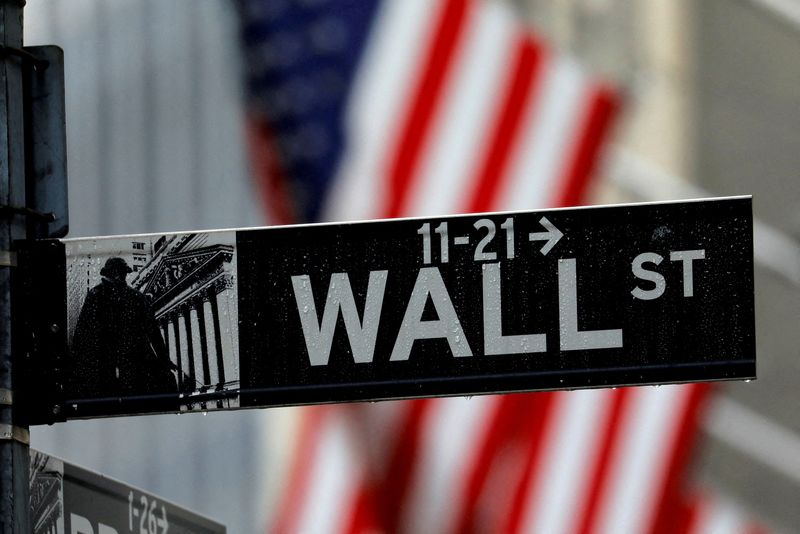Strategists from Stifel and Barclays this week urged investors to maintain a defensive investment strategy amid a challenging bond market environment.
Both companies are cautious about increasing risk exposure, focusing on defensive sectors in light of current economic signals.
Stifel analysts argue that the recent optimism about the Federal Reserve’s potential rate cuts is misleading. “Fed cuts are a diversion,” they wrote, warning that a rising yield curve is likely to hurt stock markets.
According to Stifel, “steepening yield curves have historically led to the weakest stock markets.”
The company emphasizes that economic slowdowns have always been preceded by the trough of the 10- to 2-year bull steepening curves, pointing to potential challenges ahead.
As a result, Stifel advises investors to stick with “defensive value” sectors, especially those that tend to outperform during bull periods, such as pharmaceuticals, biotech, home goods and equipment and healthcare services.
Barclays echoes this cautious sentiment in its letter to clients, taking a neutral stance on cyclical versus defensive sectors.
Despite the current soft data, they see ‘no rush to take on risk again’ and are waiting for clearer benefits from rate cuts before adjusting their strategy.
The bank’s analysts note that they have had this neutral allocation since early summer, and say they are “in no rush to change it” until demand starts to pick up again in 2025.
“We are not looking to become more defensive at the moment and are inclined to reinvigorate cyclicality in the coming months as long as our base case holds,” Barclays said.
However, they also highlight potential opportunities in the technology and space/defense sectors, as well as in the financial sector such as banks and diversified financial institutions.
Both Stifel and Barclays recommend a defensive approach for the time being, with a focus on sectors that can weather the economic uncertainty.


